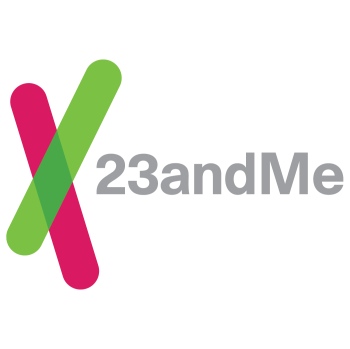 Angelina Jolie’s powerful op-ed confession in Monday’s New York Times about her preventative double mastectomy has many people talking about her breasts and her choices. But we also need to talk about her data: Who owns it and who gets to use it?
Angelina Jolie’s powerful op-ed confession in Monday’s New York Times about her preventative double mastectomy has many people talking about her breasts and her choices. But we also need to talk about her data: Who owns it and who gets to use it?
Currently there are very few clinical actions that can be taken based on an individual’s genetic data. It is simply not routine to perform genetics tests. One of the most commonly used test for the mutations in the BRCA1 and BRCA2 genes is produced by Myriad, currently costs $3,000, is targeted at only those women who think they have inherited risks. It is also at the center of a case currently before the Supreme Court over whether the company had the right to patent the isolation of the sequencing of BRCA (and other) genes. Several critics, including communication scholar Kembrew McLeod, argue that that Myriad’s intellectual property actions have harmed science and prevented genetics testing from becoming more cost-effective and widespread.
 Other consumer options are here now. One of the best-known of these is 23andme which provides direct-to-consumer testing of several “snips” or single-nucleotide polymorphisms of genetic interest, including three of the mutations in the BRCA1 and BRCA2 genes. For $99 women can test for these three mutations, without having an expensive full test ordered by their doctors.
Other consumer options are here now. One of the best-known of these is 23andme which provides direct-to-consumer testing of several “snips” or single-nucleotide polymorphisms of genetic interest, including three of the mutations in the BRCA1 and BRCA2 genes. For $99 women can test for these three mutations, without having an expensive full test ordered by their doctors.
There is a growing community of “health hackers” and hobbyists who use consumer-grade electronics to generate large amounts of data about their wellbeing. The most visible of these is the Quantified Self community. But most doctors and nurses don’t want to, don’t know how to – or aren’t allowed to – work with such data. So Jolie’s circumstances are privileged in several ways. She could afford non-standard tests. And, she could afford a level of care with medical professionals willing and able to work with such data.
The distinction here is that the information is going to “consumers,” provided by 23andMe without any medical expertise, advice or recommended clinical actions. Such tests provide information – about ancestry, about risk factors – but not the kind of data that is currently used by doctors to make medical decisions. These tests are paid for out-of-pocket and are marketed as being for wellness and curiosity’s sake, and not for informing health decisions. In fact, it would be illegal and unethical for 23andme to provide medical advice. They provide instead simply data, which science and technology studies scholars know is never simple. In exchange for the reduced price for the data, 23andme’s business model is to pool the data from many consumers into a research class that may provide new “big data” insights into genetics research. Their hope is a technological one that echoes Linus’s Law on crowd-sourced code-testing: with enough eyes, all mutations are shallow. As it is stated on the 23andme website: “Our research is driven by our community. A big thank you to our customers who make our research possible.”
Yet who might financially benefit from this research by a for-profit company is not made clear. The genetics information of 23andme customers is not protected as health information, and therefore not subject to the stricter HIPAA regulations on patient-information privacy. It is considered an asset of the venture-backed startup company in part because people consent to participate in 23andme’s research as part of its terms of service. Meanwhile, people using direct-to-consumer tests like these still need to figure out what to do with the information they are buying, how (or if) to talk to their doctors about it, and how it fits into decision their own making.
That brings us back to Angelina’s breasts. One good thing about her op-ed is that she recognized her own privilege. Preventative mastectomies based on genetics testing is still not a standard practice, and her particular case is very rare. But Jolie has had access to care above and beyond the recommended standards and the money to afford it. More than that, she was able to navigate the information fault lines between health data of medical professionals and direct-to-consumer wellness data. She was able to buy, so to speak, access to her own data for her own decision making without sacrificing her privacy in exchange for it. We should all be so lucky.